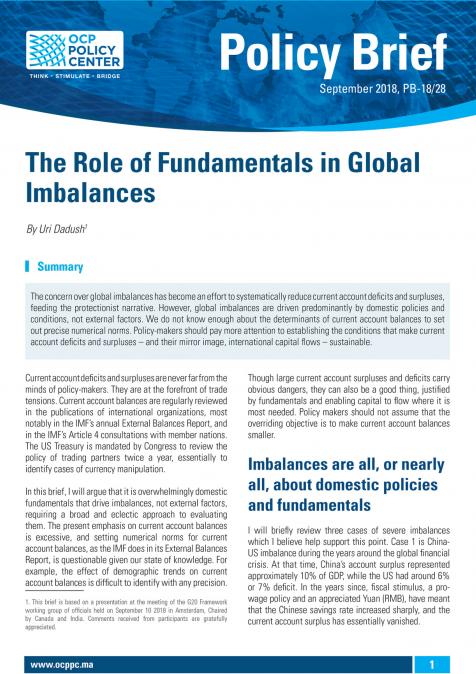August 9, 2021
The International Monetary Fund’s tenth annual External Sector Report (ESR, August 2021) shows how current account deficits in the global economy widened in 2020 during the pandemic. On the other hand, the ESR also argues that overall, the misalignment between fundamentals and current account balances has not been exacerbated.
The pandemic widened current account imbalances…
The sum of absolute values of current account deficits and surpluses went from 2.8% of global GDP in 2019 t ...



